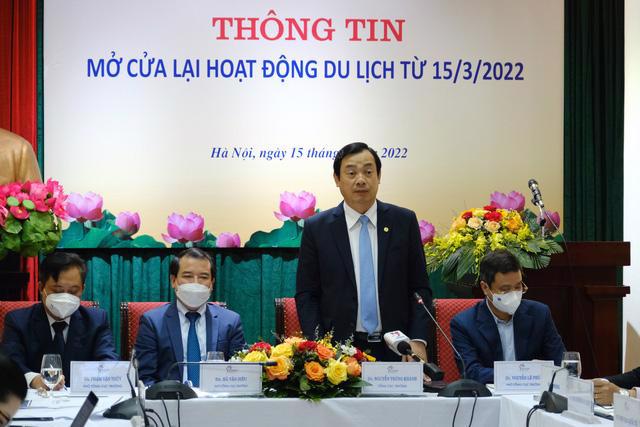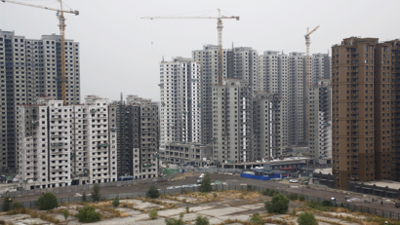Tourism sector ready for reopening
Vietnam’s tourism sector has prepared for its reopening but is awaiting instructions on medical conditions for foreign visitors.

Vietnam’s tourism sector has been making every effort to quickly reconnect with markets and prepare for socio-economic recovery, Mr. Nguyen Trung Khanh, Chairman of the Vietnam National Administration of Tourism (VNAT), told a press conference on the reopening of the tourism sector.
As of the end of February, the tourism sector had catered to some 9.6 million domestic tourists so far this year, an increase of 380 per cent year-on-year, of which some 6 million guests stayed overnight. Total revenue was VND25 trillion ($1.1 billion) during the Tet holiday in early February. The total number of domestic tourists in the first two months reached 17.6 million.
“This is a good number, and creates conditions for accommodation providers and entertainment and tourism businesses to prepare staffing and financial resources for the reopening of tourism,” Mr. Khanh said.
The Ministry of Culture, Sports and Tourism and VNAT have made great efforts to coordinate with ministries and agencies to report to the government and made recommendations to quickly complete a final plan on the reopening of tourism activities on March 15.
Vietnam’s tourism did indeed reopen on March 15, and the country has restored its entire visa policy in the spirit of Resolution No. 32/NQ-CP on visa exemptions from the same date for citizens from 13 countries staying no later than 15 days and regardless of passport and purpose of entry: Germany, France, Italy, Spain, the UK, Russia, Japan, South Korea, Denmark, Sweden, Norway, Finland, and Belarus.
This is among the government’s timely policies to quickly and strongly recover Vietnam’s tourism industry, creating favorable momentum for the roadmap to fully open up international tourism in the near future, Mr. Khanh said.
There are issues that need attention, however, for example instructions on medical conditions for foreign visitors as well as staffing and technology adaptation in the “new normal”.







